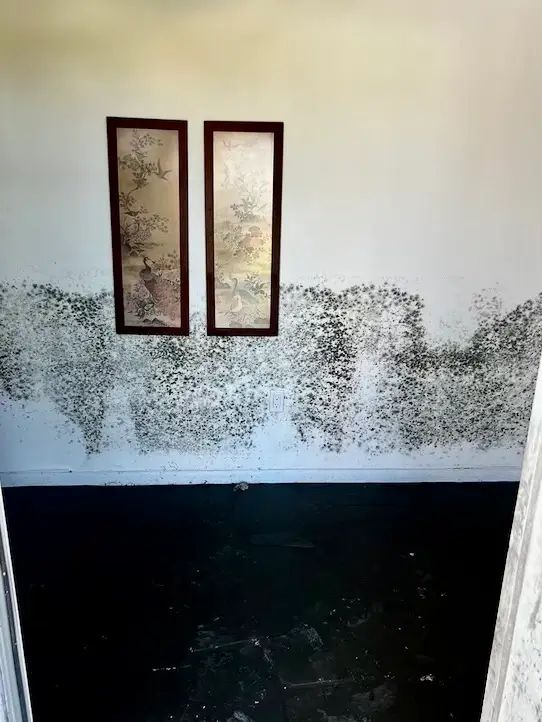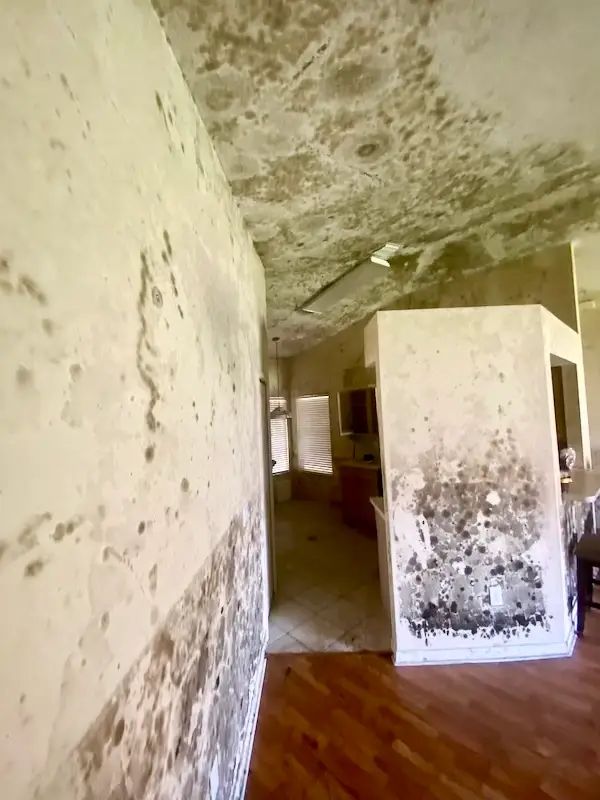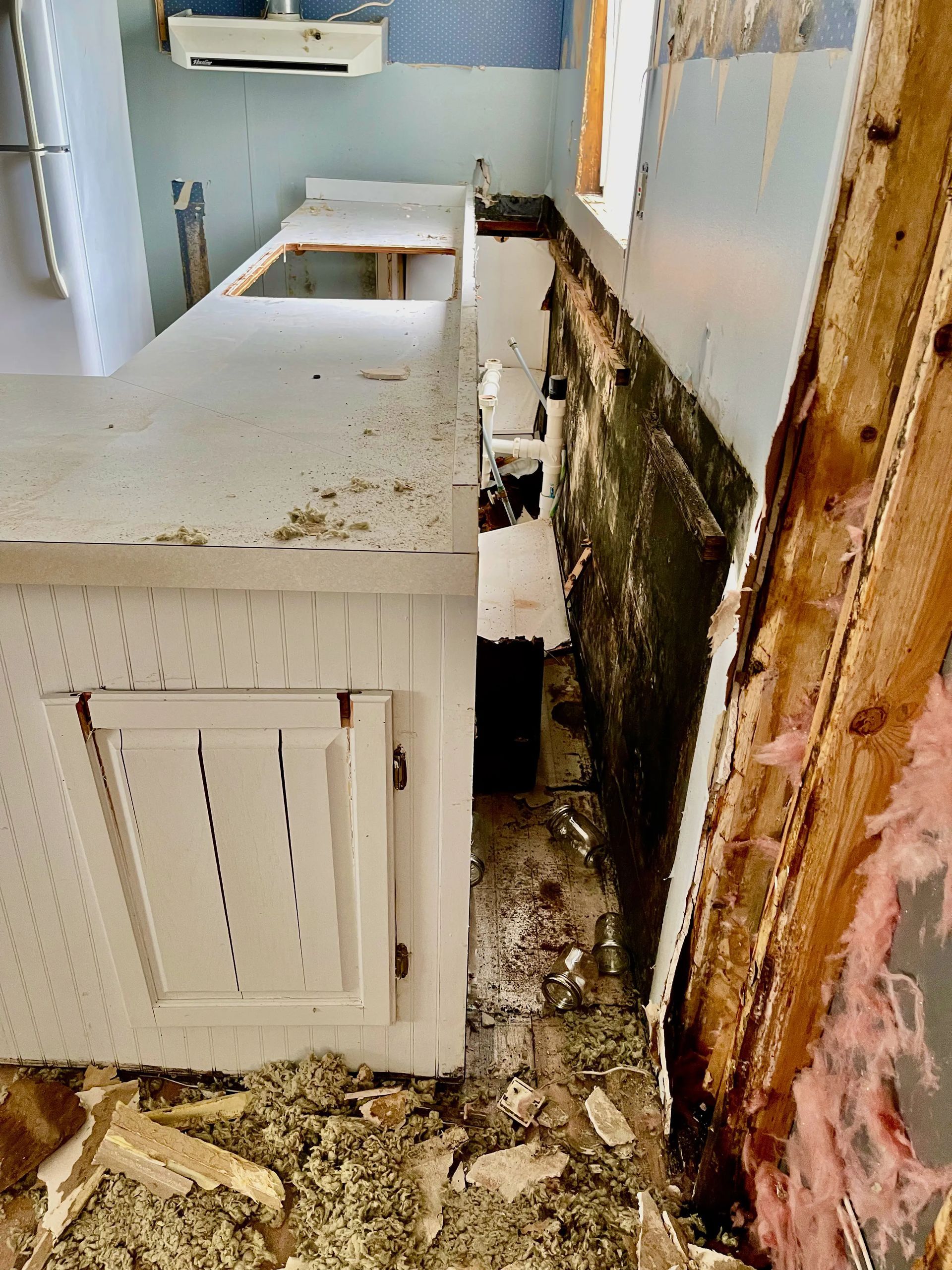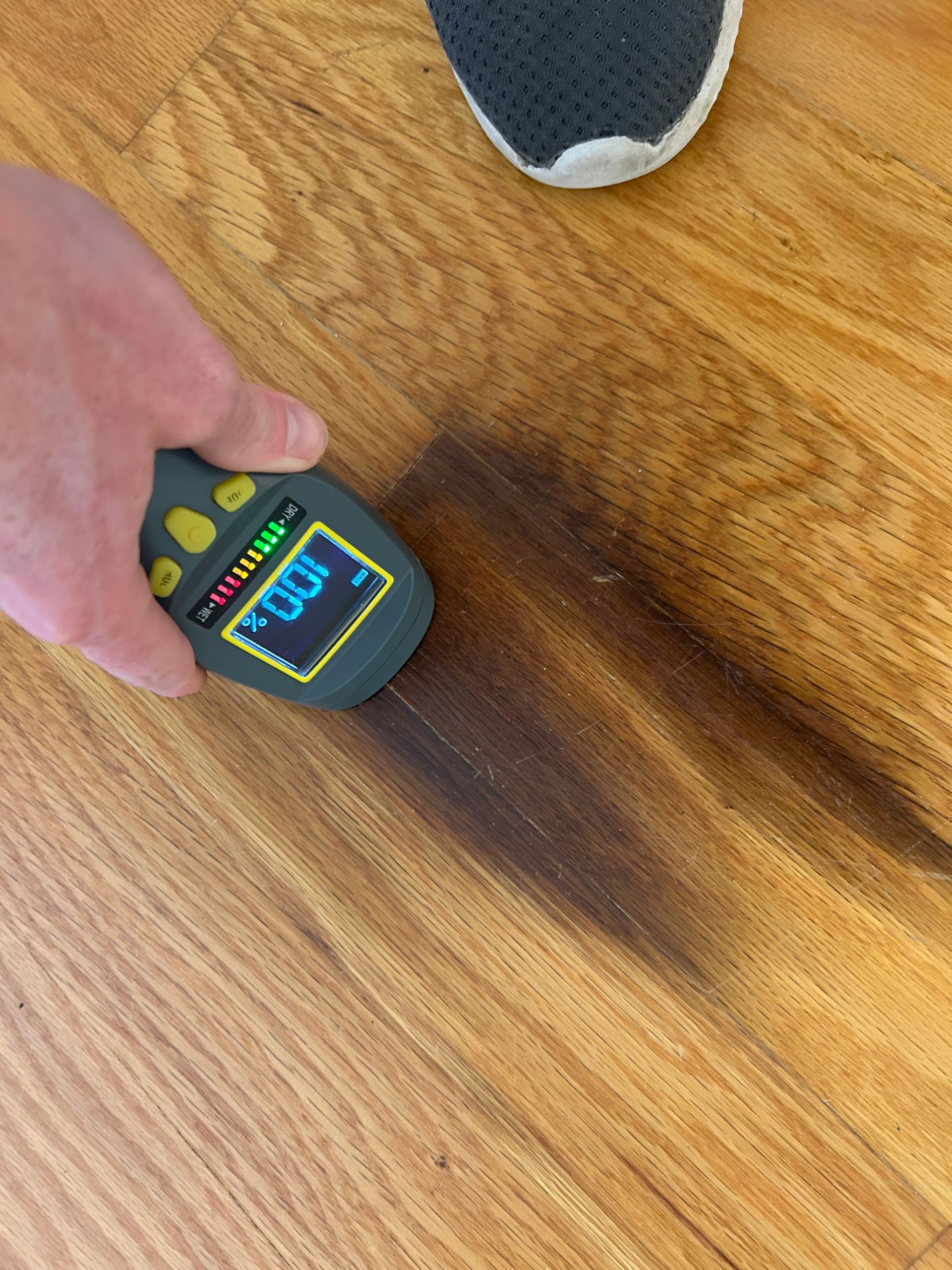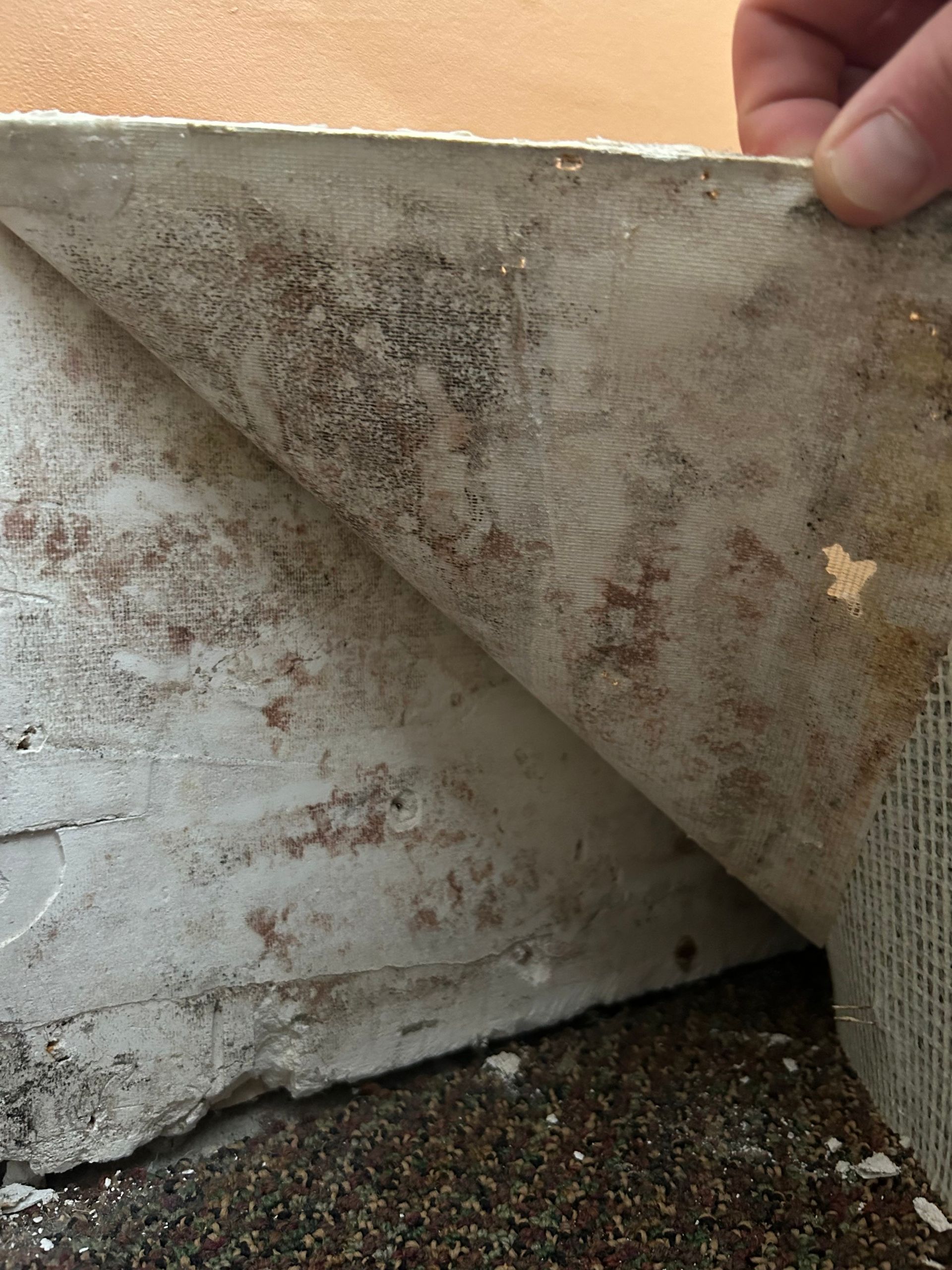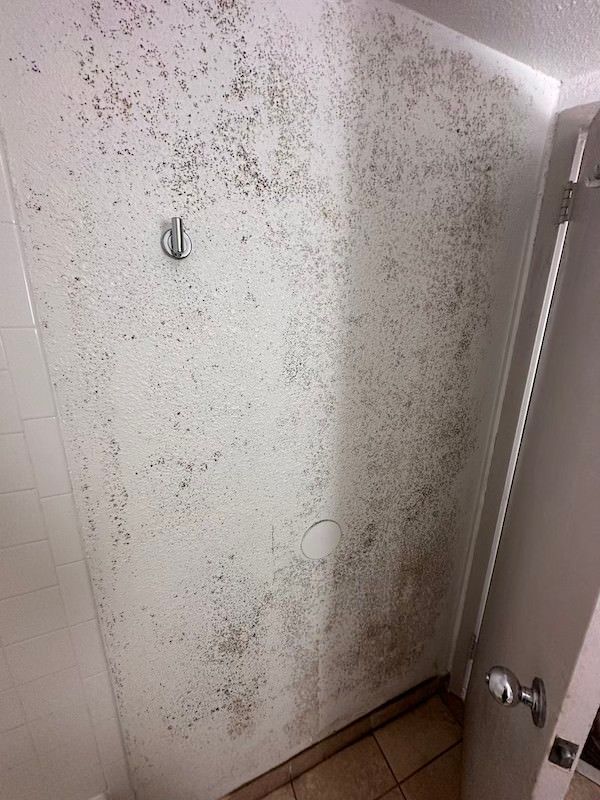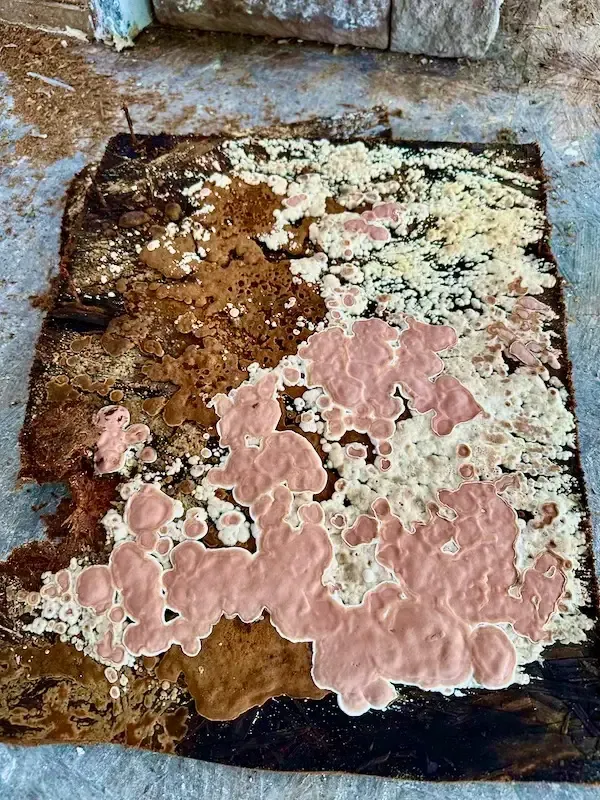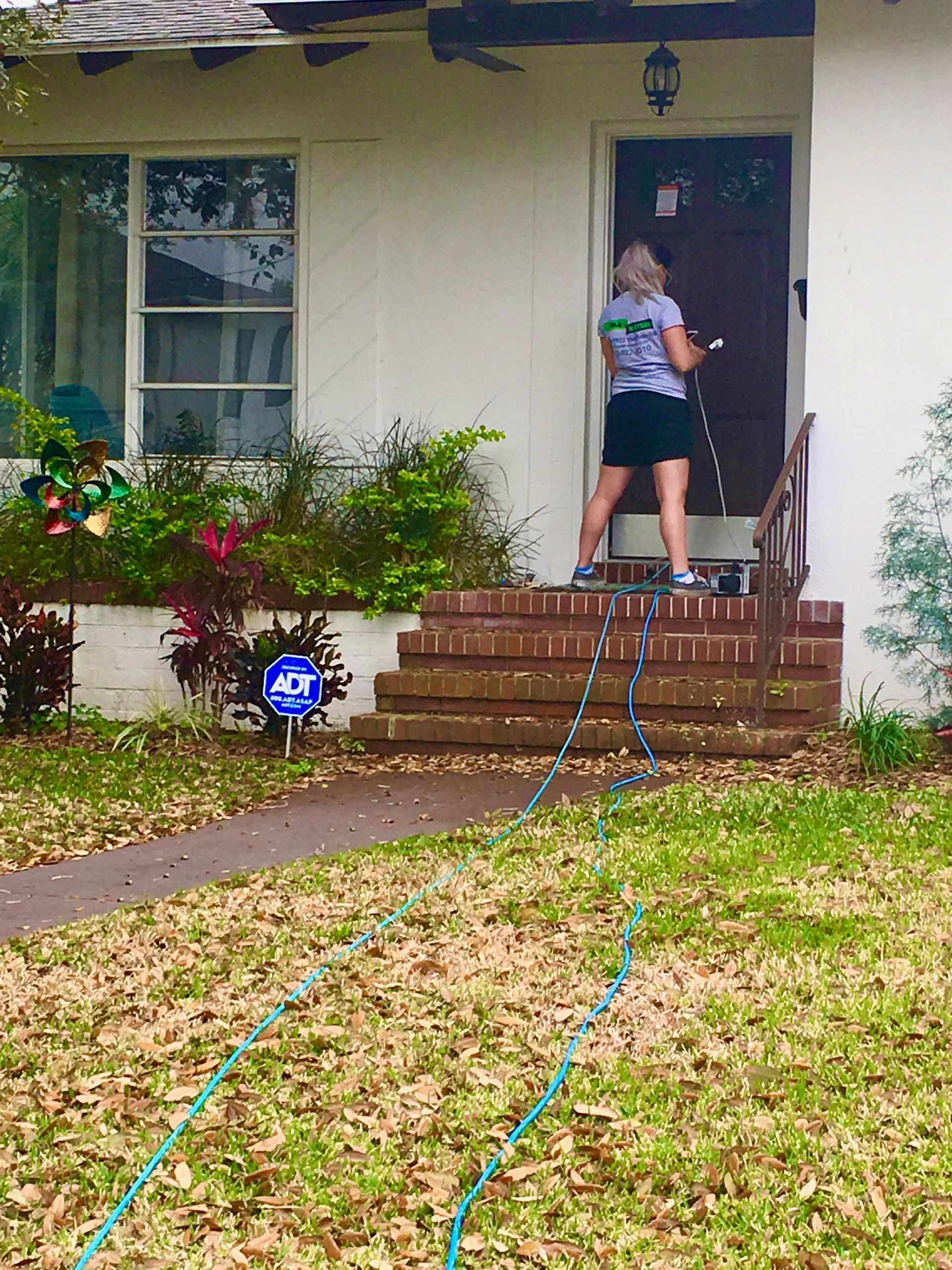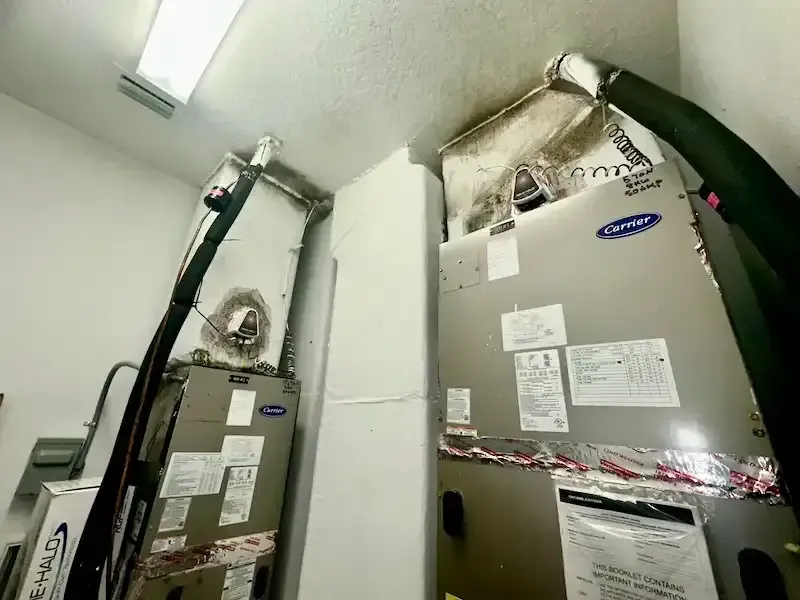How to Prevent Mold Growth in Your Home
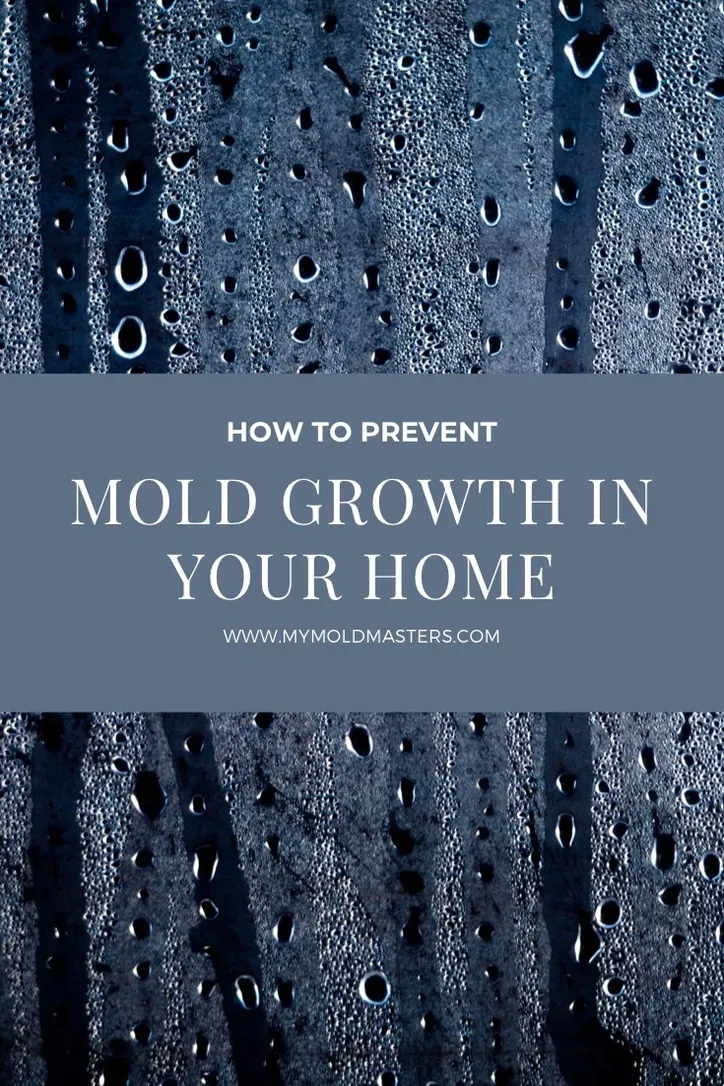
Mold is a common problem, especially in Florida, where high humidity creates the perfect conditions for mold to thrive. While mold exists naturally in the environment, it becomes a serious issue when it takes hold inside homes and businesses, potentially leading to health concerns and structural damage.
Florida’s average relative humidity (RH) sits at 74.5%, making mold prevention a challenging task. However, with proactive measures, you can significantly reduce the risk of mold growth in your home.
How to Prevent Mold in Your Home
1. Improve Air Circulation
Mold thrives in stagnant, humid environments. Allow your home to breathe:
- Open windows occasionally to refresh indoor air. Make sure to check the outside humidity levels! We don't want to invite excess humidity in to the home
- Run bathroom exhaust fans to expel moisture from showers.
- Keep ceiling fans on to promote air movement.
- Use kitchen exhaust fans when cooking to prevent moisture buildup.
- Make sure your attic is properly ventilated.
2. Take Care of your HVAC
Your home's insulated ductwork collects dust, dead skin cells, pollen, and even mold spores over time. Regular cleaning and maintenance is crucial:
- Schedule professional HVAC cleaning to ensure your unit is running it's best. We recommend having your unit serviced at least twice a year. IE. drain lines & drip cleared, internal components cleaned, fan speed is correctly set to dehumidify, etc.
- Avoid duct cleaning, as improper handling can damage your flex ducting and introduce contaminants. Like mold!
- Watch for signs of compromised ducts—rodent activity, deterioration, or faulty seals can let humid attic air infiltrate your home. You'll start seeing mold build up on your vents or streak across the ceiling.
3. Control Temperature and Humidity
Maintaining proper indoor conditions can significantly hinder mold growth. Mold will grow if it is ever over 76°F and 60% RH humidity.
- Keep your home’s temperature below 76°F. We usually recommend setting it at 74°F, because that will keep you out of the danger zone.
- Maintain relative humidity under 50% with dehumidifiers. They are one of the best small appliances you can ever in your home! Even more so than your air fryer 😆
- Ensure your HVAC system is properly sized and maintained for your space. If you AC is too large for your home, it will not help dehumidify the air.
- Don't fall for a UV light or other air purification systems! We've seen them fail time and time again in fighting mold. You want to read more about why UV lights don't work to kill mold? Here is an article that we wrote, and it shows side by side proof how homeowners have been duped in to believing they help.
4. Keep Your Home Water-Tight
Water intrusion are the leading contributor to mold infestations. Regular inspections help identify vulnerabilities:
- Check your roof, stucco, and foundation for signs of leaks.
- Inspect plumbing connections, including fridge & dishwasher water lines, faucets, and P-traps.
- Examine window seals and weather stripping for deterioration.
- Monitor your HVAC system for condensation buildup.
- Reseal shower grout to prevent moisture seepage behind tiles—this type of damage is often excluded from homeowners insurance as “deferred maintenance.”
5. Conduct Routine Inspections
Being proactive means regularly checking for early signs of mold or moisture problems:
- Perform seasonal inspections around your home.
- Pay close attention after major storms, heavy rains, or high winds, as they can cause hidden leaks.
- If you suspect moisture buildup, invest in a humidity meter (hygrometer) for precise monitoring. This will help you keep an eye on your humidity, and help you decide to purchase a dehumidifier.
6. Handle Mold Correctly
If you find mold in your home, avoid these common mistakes:
- Do not use bleach! Bleaching mold will do what it says. Bleach it, but not kill it. It also softens the protein shell on the mold spore and causes it to shoot off a million little babies. Here is more on that topic!
- Instead, wipe affected areas with a cloth dampened with plain white vinegar, then let it dry completely.
- Paint over mold stains with a mold-inhibiting primer like Kilz or Zinsser to prevent future growth. Keep in mind, if the area has water damage, the mold will come back. If drywall has been wet it the past, it has to be removed to stop future growth.
7. Upgrade Your Air Filters
Your HVAC filter plays a crucial role in trapping airborne particles, including mold spores:
- Change filters monthly to maintain efficiency.
- Choose a MERV 8 to MERV 13 filter for optimal filtration. While slightly more expensive, it’s an investment in better air quality.
- Consider using FilterBuy.com, which delivers filters regularly, so you never forget to change them.
Mold Problems? We’re Here to Help!
Despite your best efforts, mold can still find a way into your home. If you discover an issue, don’t hesitate to contact our team for expert remediation services.
📞 Call us at one of our offices:
Central Florida: 813-606-6668
South Florida: 239-961-9995
North Florida: 904-397-4030
Or, use our online contact form, and one of our experts will reach out to guide you through the process. Water damage and mold issues can be stressful, but we’re here to help you restore a safe, clean living environment—with no unnecessary worry.
(Disclaimer: None of the links mentioned above are affiliated with us—these are just resources we personally find helpful for mold prevention and home maintenance.)

